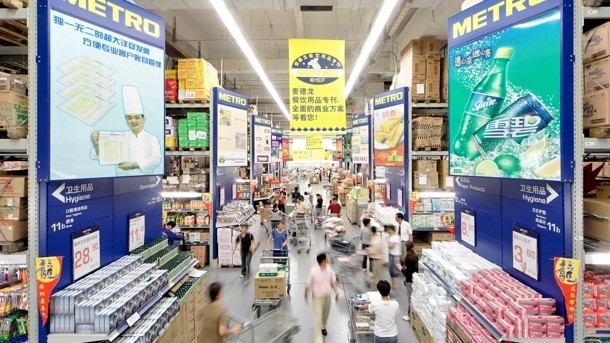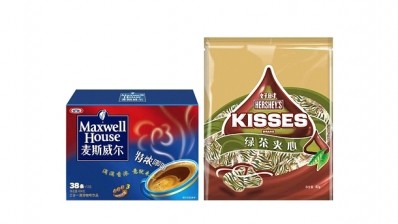Asian big-box retail continues to grow despite threat of new formats

The international grocery researcher’s data suggest that big-box chains still have a key role to play in shaping the future of modern retail in the region over the next five years, despite pressure from other growing sales channels and changing shopper behaviour.
Now, some 30 years after the first modern retailers began arriving in Asia, analysts admit their early expectations were misguided.
Nick Miles, IGD’s head of Asia-Pacific, said the fledgling hypermarket and supermarket formats did not succeed in stamp out the family-owned grocery chains and small independent stores that had been the mainstay of Asian retail, as had been predicted.
“Traditional trade is still going strong in most of the region, and the shape of retail is changing once again,” he said.
Indeed, online grocery shopping has started to gain a foothold across all markets, and convenience stores have been seeing a surge in growth too—often at the expense of big-box formats.
Large stores are still often the go-to option for retailers entering markets where modern retail has started to take off. However, in countries where organised retail is already well established, chain owners are now looking at how they can repurpose their stores.
As in other parts of the world, Asian large-format grocery chains face challenges from rising property prices and increasing levels of competition.
“Retailers in markets like Thailand and China have been quick to respond to this test, slowing down new space growth to focus more investment on existing stores, downsizing their stores, plus converting space into malls, with complimentary retail and foodservice offers that are targeted at families,” said Miles.
“These tenants bring in both extra rental income and create a stronger retail destination, helping drive higher footfall to the stores.”
With plenty of scope for growth, Asia’s big-box retailers—and their suppliers—can embrace substantial opportunities by engaging with shoppers in a meaningful way.
According to IGD, Aeon, Walmart and Auchan are now the region’s top three big-box brands, their success driven by strong store networks in Japan and China.
Domestic players have also been developing a strong presence, with homegrown retailers like Yonghui and SM Retail growing quickly in China and the Philippines.
Miles says such retailers could consider a number of different tactics to encourage greater engagement with their shoppers.
They should also create a real sense of excitement about grocery shopping, which can be very hard to replicate online.
He said: “Running chef demos or competitions in-store can boost brand appeal. Celebrating unique dates or anniversaries can in turn be used as an opportunity to trial new products.
“Social media is another great way to engage with shoppers: new launches, in-store events and food fairs could grab lots of attention through digital media sites, if done properly.”
Suppliers to large format retailers also need to consider how much standards are being raised on freshness, and ensure that they are innovating in this area with strong communication of their fresh credentials, he said.
Meanwhile, private label products are no longer being seen as a cheap alternative, so they can still be marketed as part of a high-quality range.
“Bigger retailers can have a key role to play here,” Miles added.










